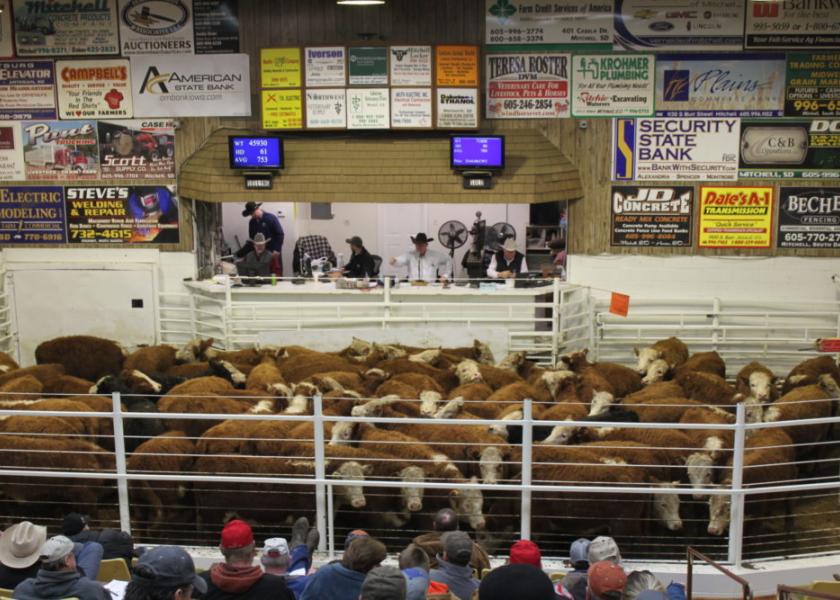Cattle Cycle: How Long Will These Prices Last?

The complexity and dynamics of the beef industry can create financial opportunities for cow-calf operations willing to take a business approach to their decision-making process. The cattle cycle, often referred to in this newsletter, is the topic of my article this week. This cycle is repeated time after time and summarized as follows:

The cattle cycle reflects the impact that supply and demand has on cattle prices. When cow inventory is low the prices of calves and all age and weight categories of cattle will move higher and vice versa. At the onset of 2024, our national cow inventory is the lowest since the early 1960s and prices of calves, yearlings, fed cattle and cull cows are historically high. High profit potential exist for the cow-calf sector in 2024.
How Long Will This Last?
This is the question being asked and debated in early 2024. As of now there is little indication of a rising cow inventory in the near future, Why? Several factors are working against it, these include:
• High interest rates
• High numbers of cull cows marketed in 2023
• Persistence of drought in parts of the country
• Low hay and feed inventories relative to drought
• Age demographic of cattle producers who have liquidated cow inventory
• Little evidence of heifer retention
These factors, coupled with cow biology and the long term process and turning replacement heifers into cows, indicate a slow rebuild. Bottomline: The economic future looks bright for those in the cow-calf sector with inventory. The cow-calf sector serves as the initial source of product in the beef production chain. For producers who can cost-effectively manage their expense of maintaining a cow herd, the value of weaned calves should lead to excellent profit potential.







